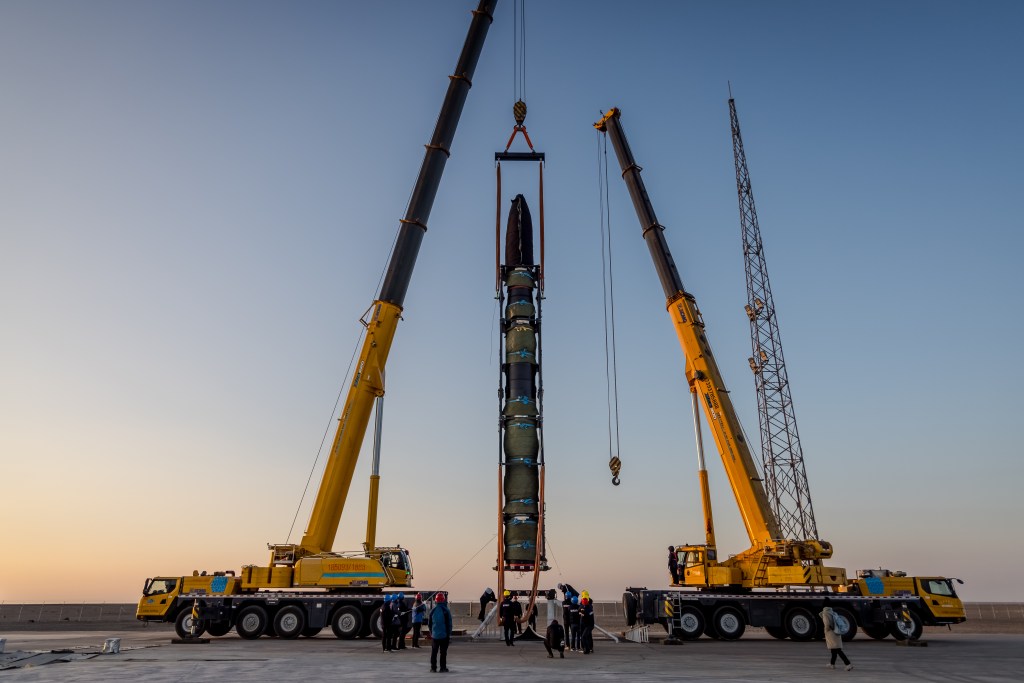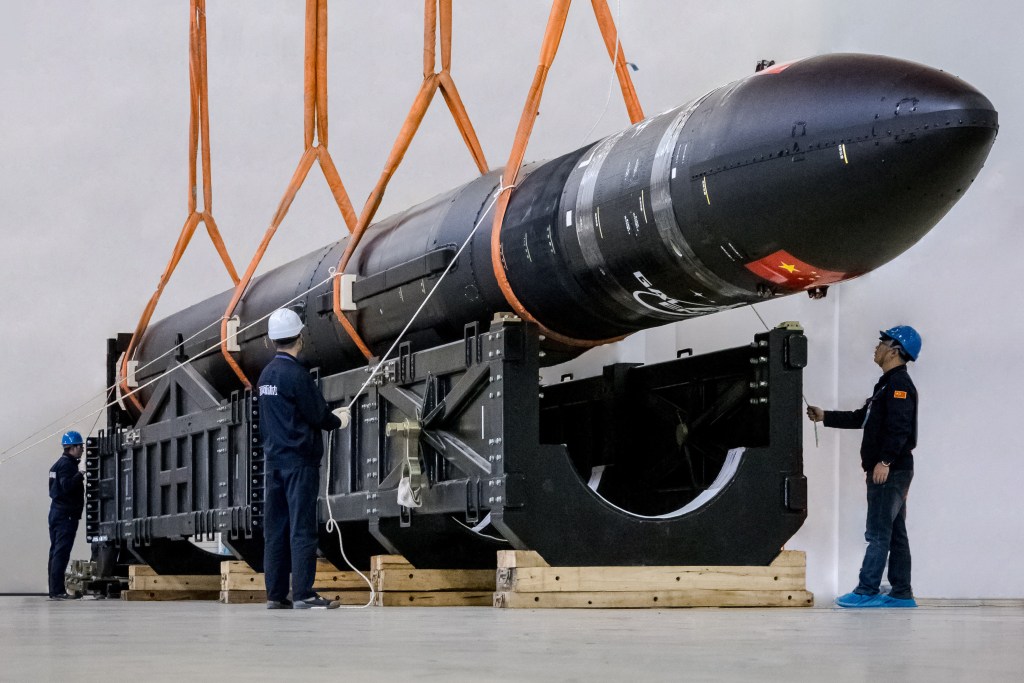Featured image: Galactic Energy
Lift Off Time | NET October 2021 |
|---|---|
Mission Name | Fangzhou-2F |
Launch Provider | Galactic Energy |
Customer | Beijing Space Ark Space Technology Co. |
Rocket | Ceres-1 |
Launch Location | Site 95, Jiuquan Satellite Launch Center, China |
Payload mass | Unknown, up to 350 kg |
Where is the satellite going? | Low Earth Orbit (LEO) |
Will they be attempting to recover the first stage? | No, this is not a capability of Galactic Energy |
Where will the first stage land? | It will crash into North-West China |
Will they be attempting to recover the fairings? | No, this is not a capability of Galactic Energy |
Are these fairings new? | Yes |
How’s the weather looking? | TBD |
This will be the: | – 2nd launch of the Ceres-1 – 33rd Chinese launch attempt of 2021 – 89th orbital launch attempt of 2021 |
Where to watch | If available, a stream will be listed here |
What does this all mean?
Galactic Energy is preparing to launch the Fangzhou-2F satellite atop their Ceres-1 rocket for the Beijing Space Ark Space Technology Co. The satellite’s journey to low-Earth orbit will mark the second ever launch of the Ceres-1 rocket.

Fangzhou-2F
Not much is known about the Fangzhou-2F satellite, but it has been designed by Beijing Space Ark Space Technology Co. and will carry objects from various companies and individuals to orbit, before later being recovered on Earth.
Ceres-1
The Ceres-1 is a four stage rocket developed by the Chinese company Galactic Energy. The first three stages use solid-propellant rocket motors powered by hydroxyl-terminated polybutadiene (HTPB) tri-propellant, while the final stage uses a hydrazine propulsion system. The rocket is approximately 19 m (62 ft) tall and 1.4 m (4 ft 7 in) in diameter, and is capable of taking 350 kg (770 lb) to low-Earth orbit.
The rocket is named after Ceres, the largest asteroid in the asteroid belt, located between Mars and Jupiter, symbolizing one of the company’s main goals: asteroid mining.
The vehicle first launched on November 7, 2020, taking the Tianqi 11 satellite to a sun-synchronous orbit (SSO). The maiden launch of the rocket made Galactic Energy the second private company in China to successfully put a satellite into orbit, and the fourth company to attempt it. This launch of the Fangzhou-2F marks the second orbital launch attempt of the Ceres-1 rocket.




